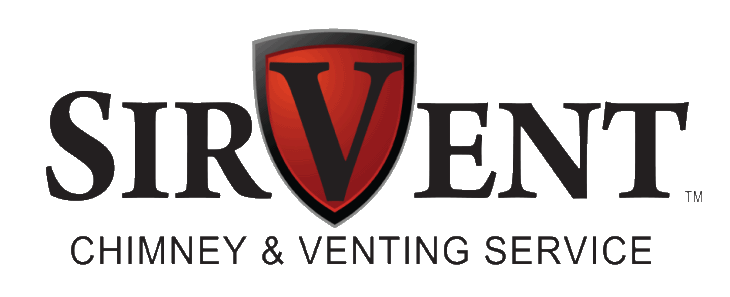When it comes to chimney care, there is one fact everyone agrees on. This is annual inspections and cleanings are essential! This regular maintenance ensures that all necessary repairs are addressed in a timely manner. In addition, no blockages are messing things up. Also, that all parts of the chimney are working as efficiently as possible.
These things are all very important for the health of your chimney. However, there’s another reason cleanings are so important! The removal of creosote. Many have heard of this substance, but have little knowledge of what it is and just how harmful it can be. Learn more about it below!
What Does It Look Like?
Creosote can take on various forms, and it will always be darker in color. Sometimes is it brittle and flaky, while other times is textured more like tar. The worst form is when it is shiny or glossy and very hard. This is difficult to remove and is a sign that buildup has been occurring for much longer than is safe.
Why Is It Harmful?
No matter what your creosote looks like, it is always dangerous. When too much accumulates, you are more prone to chimney fires, which damage your chimney and put your entire household at risk. You see, creosote is very flammable, meaning any stray sparks or out-of-control flames could lead to a big mess and hazardous situations.
How does it damage your chimney? It weakens masonry, melts mortar, causes cracks to form, warps metal, and can cause separation to occur between chimney parts. Basically, your entire unit will function less efficiently and not be safe for regular use. No matter the material, brand, style, or age of your chimney, a chimney fire will always cause lots of costly damage!
Always keep an open eye for signs that a chimney fire has occurred. These include puffy creosote, warped metal, missing or cracked tile pieces, discoloration, heat damage, poor air circulation, creosote on the ground or roof, damaged roofing materials, and cracks in your chimney. Knowing your stuff and staying ahead of the game will help you out a lot in the long run.
How Can I Avoid It?
You can avoid the accumulation of creosote by burning smartly. That is, only use seasoned wood, don’t burn odd materials (trash, paper plates, etc.), watch your temperature ranges, and make sure your air supply is not blocked off. All of these factors will help keep creosote buildup to a minimum.
That being said, avoiding creosote altogether is impossible. Some will form, no matter how careful you are, and you will always want to schedule an annual cleaning to ensure your home and family stays as safe as possible.
That’s why you should turn to SirVent Chimney & Venting Service today! Give us a call at (704) 413-3773, so we can get you in the books. We look forward to working with you!

